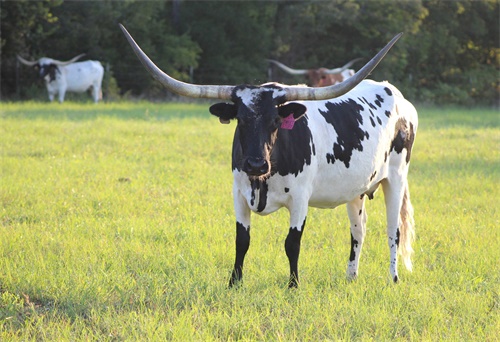The use of bovine ultrasound machines for early pregnancy testing of cows is becoming increasingly popular among cattle breeders. Most of the bovine ultrasound machine probes used for testing cows are rectal linear, with a frequency range from 4.5 to 8.5 MHz. For some newer probes, the frequency range can be as high as 10 MHz. This device provides a maximum penetration depth of approximately 10 to 15 centimeters; The low-frequency curve rectal probe has greater penetration power, but conversely, the image clarity will decrease.
High definition cattle B-ultrasound machine detector
Using a bovine ultrasound machine for detection is not only very interesting, but also a useful diagnostic tool that can be used for various conditions in different body systems. It is not only useful for research or referral practice, but also for ordinary bovine practitioners. Which structures can be imaged using ultrasound? A better question is, 'Which structures cannot be imaged?'. The main limitations are the depth of the structure of interest relative to the probe's maximum penetration, the attenuation of ultrasound waves by gas or bone between the probe and the structure of interest, and sufficient constraints to protect you and your machine.
***Recent publications provide reference materials for ultrasound examinations of various bovine body systems that can be scanned using a rectal probe. Several studies have used rectal probes or probes with similar specifications for various non reproductive imaging studies. For example, chest ultrasound can be used to investigate respiratory diseases, or nipple ultrasound examination for people who are difficult to milk, or mesh ultrasound examination for suspected hardware diseases or movement disorders, or top line ultrasound for more objective measurement of physical condition scores, to name a few. Ultrasound can also be used to detect subclinical diseases. Using a 7.5MHz linear probe for ultrasound examination at the base of the ear can detect subclinical otitis media in the calf, and is highly specific for diagnosing clinical cases of otitis media. In addition, the rectal probe can be used to diagnose lung diseases in newborn calves before clinical symptoms appear, with a sensitivity of 94% and specificity of 100%.
You can also use a rectal probe to examine the musculoskeletal system. For example, a rectal probe can be used to image overall evidence of deep sepsis extending into the flexor tendon sheath, or to differentiate swelling causes associated with claudication.
Some portable bovine ultrasound machines are compatible with additional probes; Common attachments are abdominal probes (low-frequency probes with curves between 2.5 and 5MHz) and tendon probes (high-frequency linear probes, typically 6 to 10MHz). The abdominal probe adds considerable size and depth to the examination area. This type of probe allows you to perform two more complex examinations of the abdomen during bovine colic examination, diagnose liver abscess, perform pre death diagnosis of portal vein thrombosis or gastric lymphoma, assess fetal health through transabdominal examination in late pregnancy, or obtain a larger field of view during chest ultrasound, to name a few. The high resolution of tendon probes helps to obtain more detailed images of bovine musculoskeletal structures and can image diseases such as septic arthritis or ligament rupture. It is also worth noting that the narrow footprint of the tendon probe is also applicable for chest ultrasound examination of small ruminants with limited intercostal space (personal experience).







